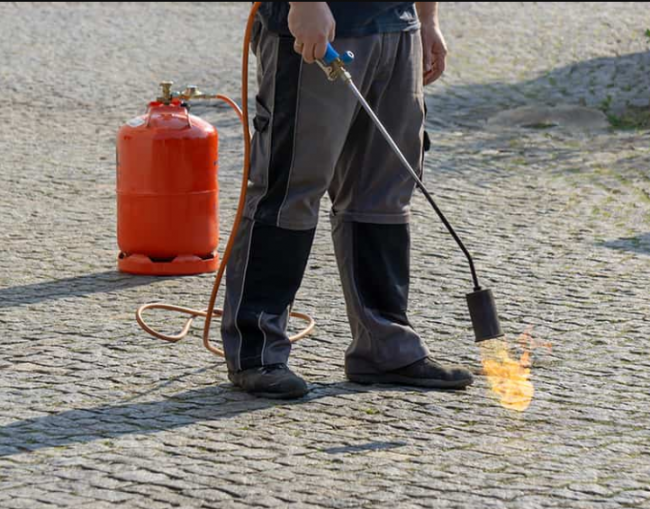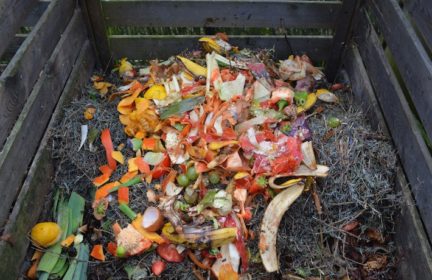How to get rid of noxious weeds
Help!I am overwhelmed by plantains and Queen Anne’s lace following a compost delivery last spring.
None of the weeds went to seed. I don’t know how to get rid of these pests, and would be grateful for any advice.
Thank you
-
Comments (2)
-
RedneckContributor - June 1, 2022
Depends on where they are growing & what they are growing with. You can hoe, pick by hand, spray with Roundup or use a broadleaf herbicide if growing in grass you don’t want to hurt. Determining factor is what it is growing with and if you want that partner to survive.
-
Olly Wright - June 1, 2022
That has got to be frustrating! Sorry you are going through this. How much have they spread?
From my little gardening experience, I’ve learned that it just takes patience, time, and work. Just remove a little each day and eventually you will get them all.
You could try a flame weeder. It will only kill the plant above the ground and the roots will remain though. Not sure if Queen Anne’s lace would grow back if it got it’s head chopped off.
On a lighter note, if you don’t get them all, you can at least be grateful that they are edible.
Edible Parts
Using first year Queen Anne’s lace plants are recommended. Roots are long, pale, woody, and are finger-thin and are used in soups, stews and in making tea. First year leaves can be chopped and tossed into a salad. Flower clusters can be ‘french-fried’ or fresh flowers can be tossed into a salad. The aromatic seed is used as a flavoring in stews and soups.Belonging to the carrot family, Queen Anne’s lace is a biennial that is also known as wild carrot. Early Europeans cultivated Queen Anne’s lace, and the Romans ate it as a vegetable. American colonists boiled the taproots, sometimes in wine as a treat. Interestingly, Queen Anne’s lace is high in sugar (second only to the beet among root vegetables) and sometimes it was used among the Irish, Hindus and Jews to sweeten puddings and other foods.
-
- News for the week of 2025-06-30 - 6 hours ago
- News for the week of 2025-06-23 - 1 week ago
- News for the week of 2025-06-16 - 1 week ago
- News for the week of 2025-06-09 - 3 weeks ago
- News for the week of 2025-06-2 - 3 weeks ago
This forum is heavily moderated to keep things valuable to as many people as possible. Full community policies are here. The basics:
- 1. Be nice to each other.
- 2. Stay focused on prepping.
- 3. Avoid politics, religion, and other arguments.
- 4. No unfounded conspiracies, fake news, etc.
- 5. Debate ideas, not people.

